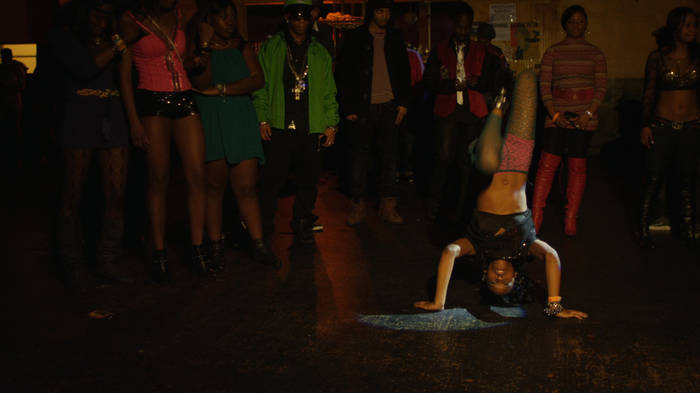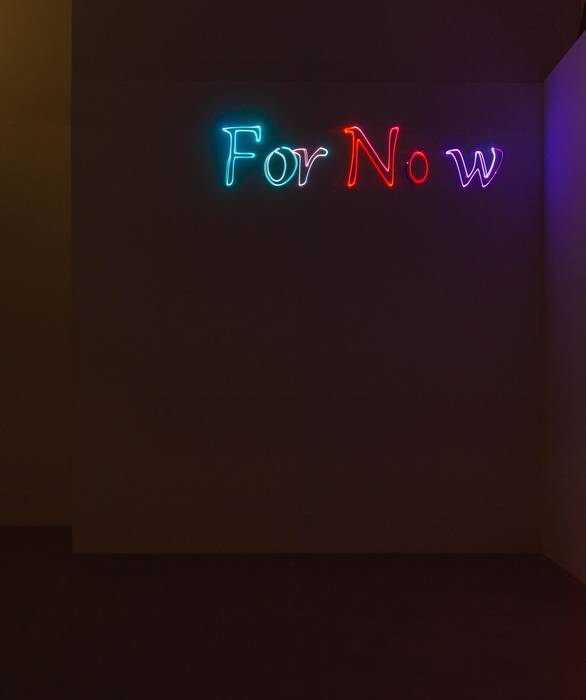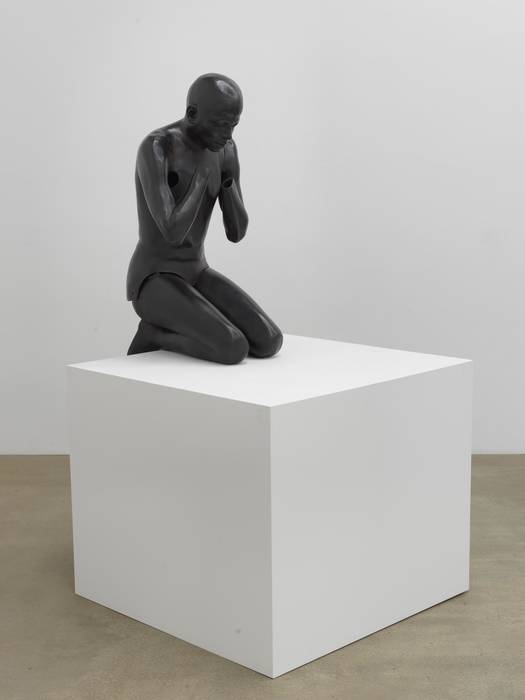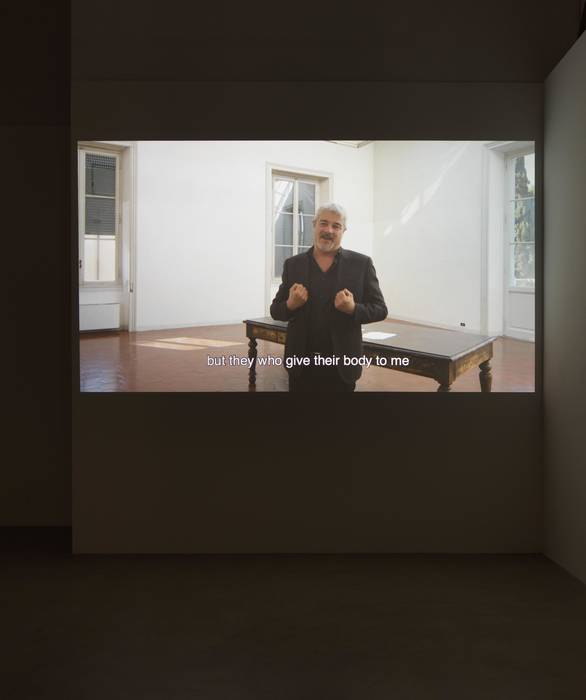A: A large part of the commission you made for SFMOMA – “To the Stars” – involves the narratives of children in San Francisco. What work do you do to allow children to be a stakeholder in their narrative when they might not fully understand the complexities of the final product?
NM: It’s a long process of teaching them what the context will be. That’s really what the difference is in working with young people. It’s a lot of preparation time. Going to San Francisco many many times, visiting classrooms, showing them past work I’ve made that’s similar. Really, slowly talking through what the difference is between hanging out with me and a camera and talking, and re-experiencing that in a theater with your family.
I showed them a work called “Athens,” which I made in LA county. We talked about the process I went through with those kids and they could see what it was like for them to tell personal stories. The act of the screening is a big deal – having the families and the kids together in a safe space, where it’s just us experiencing what it’s like to see yourself on a big screen, edited, and through a lens. Adults are more savvy about what media is, so it takes less explaining. The commission was a great opportunity because I was working with a specific school and teacher. It was a really interesting survey of what concerns 12 year olds.
A: You have recently collaborated with laserist Zak Miller in a few projects. How does laser technology resonate with your video practice?
NM: “To the Stars” was my first big commission where I decided to include laser light. That was the first big work Zak and I worked on together. He is a cinematographer and has been shooting my work for a very long time. He started learning how to animate lasers for concerts. The way we produced the lasers was a kind of old, analog technology. Nowadays you can use computers to animate lasers but old school laser technology uses analog sound run through an analog synthesizer that moves mirrors inside the laser in order to move the beam. It’s really a transmutation of sound waves into light waves. That kind of transformative translation is what I’m looking at in video art and filmmaking. When he told me about it it seemed like the perfect medium to bring into the practice because it holds the ideas of mirroring.
A: The use of lasers is a striking aesthetic choice in “To the Stars” that acts as an interruption of the narrative storytelling, which is more “straight ahead.” How did you conceive of the interspersed laser effect?
NM: When I got commissioned to make the work for SFMOMA I knew I needed a point of disruption. I’m not interested in making straightforward cinema in the art world because I think the context and history of conceptual art is one of repositioning. We can think about material and structures from “alien eyes” sometimes, and I think that’s why pointing out the structures of how the thing is functioning works in the art world. It helps shake us out of the stupor of being entertained and projecting into the narrative of the dreamlike space of the cinema.
The laser is so bright, it’s uber bright. When you’re in the cinema you’re used to looking at light – that’s what you’re experiencing as the medium. When light is brought in at another level, it makes you think about its presence in another way, as a material in space. On top of that, the kind of synth noise that’s running the lasers is very jarring, and so all of a sudden it should feel like you’re waking up. While you are consuming the stories and images that I have offered you in the space, the lasers are a moment where you think about the process of doing that and wonder to yourself why you are?

Athens, California, 2016, (film still).
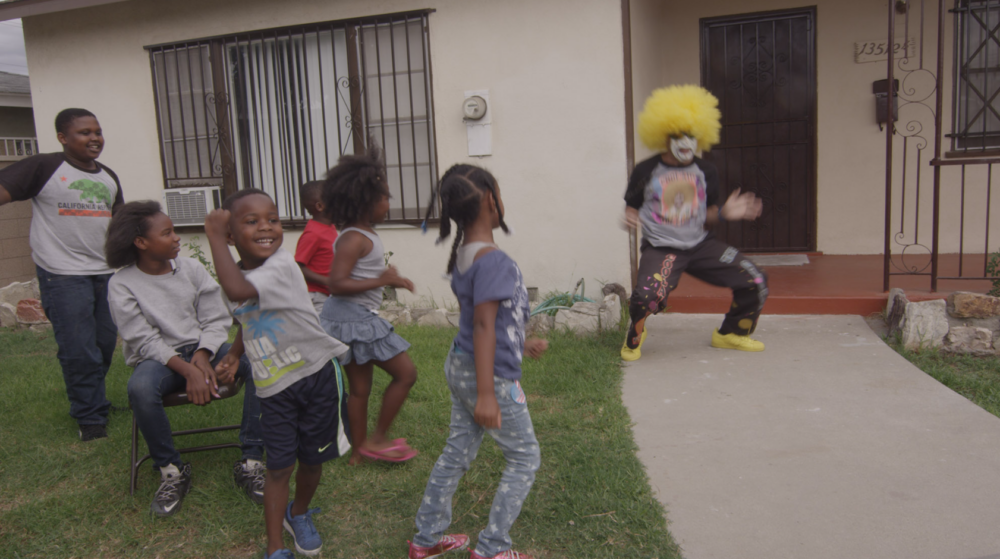
Athens, California, 2016, (film still).
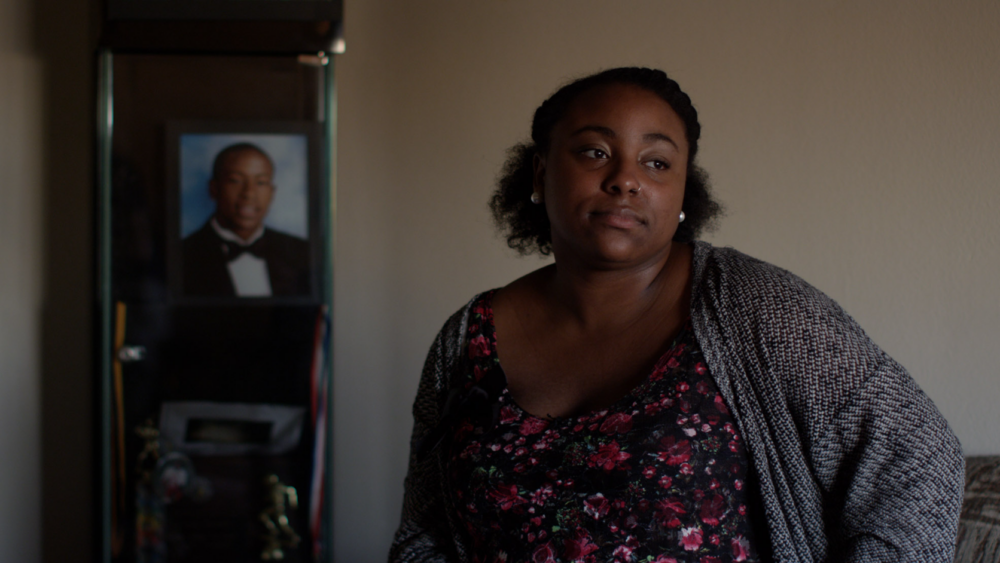
Athens, California, 2016, (film still).
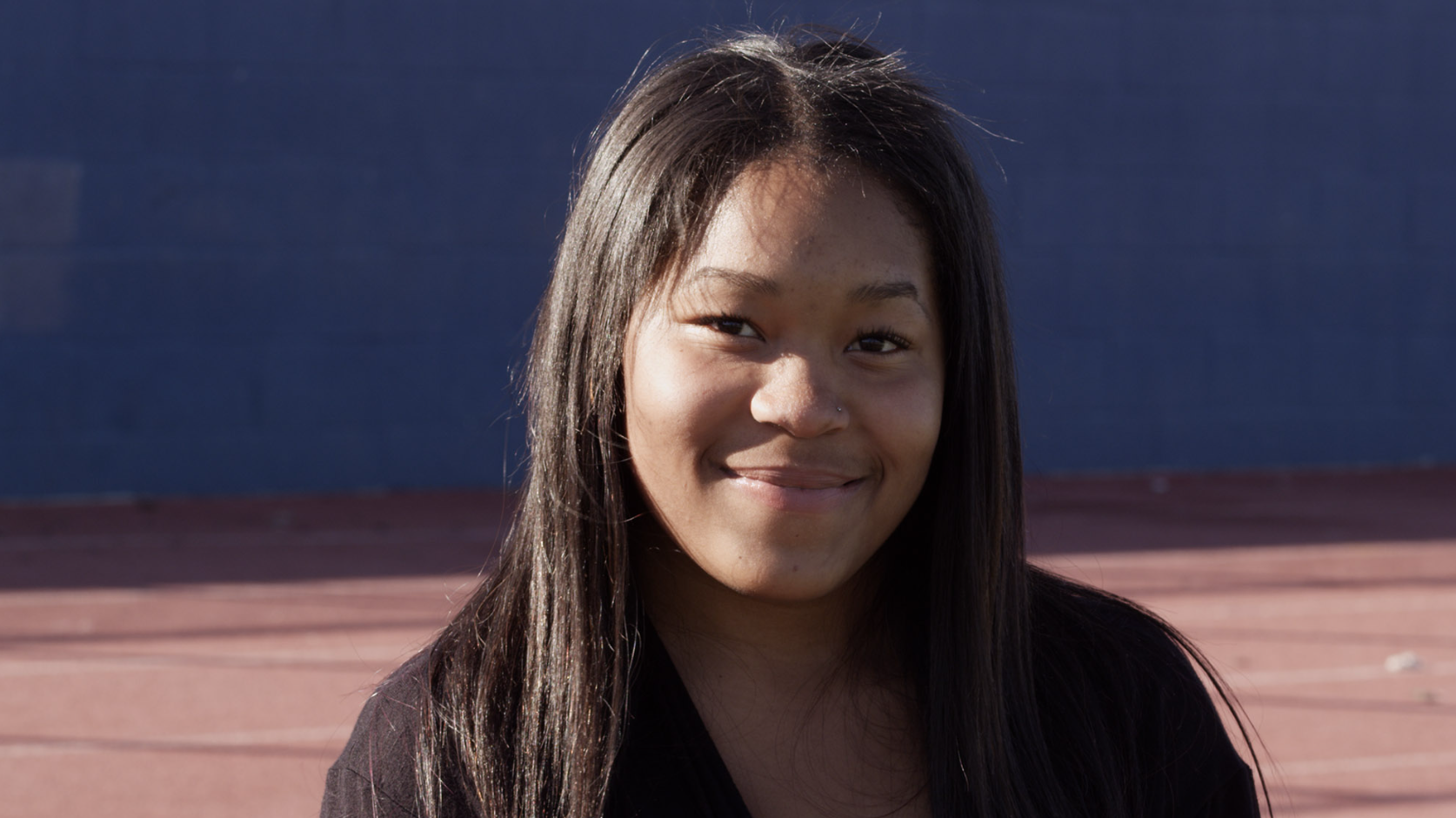
Athens, California, 2016, (film still).
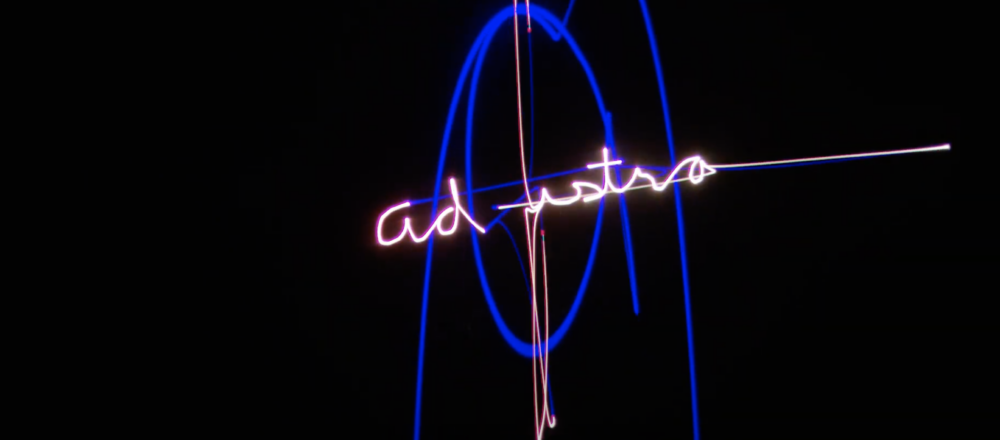
'To the Stars,' still, 2019.
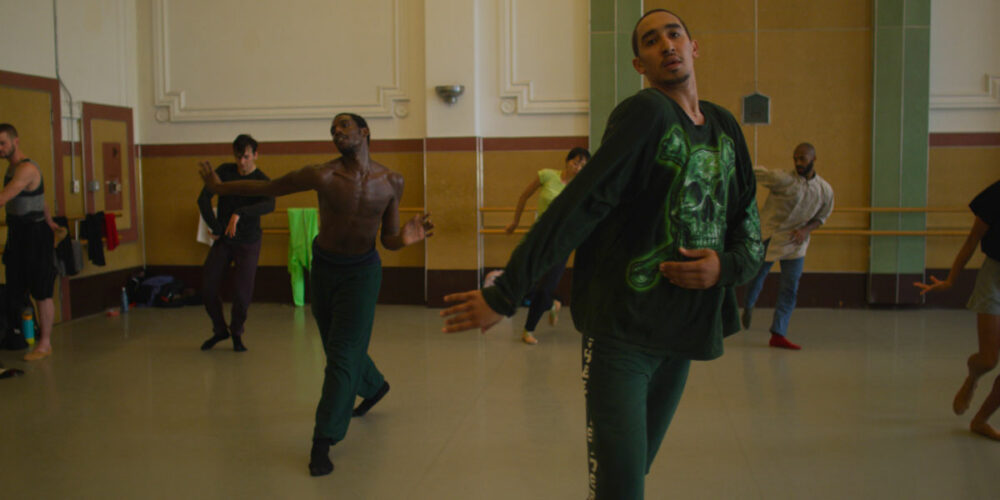
'To the Stars,' still of Alonzo King LINES ballet dancers, 2019.
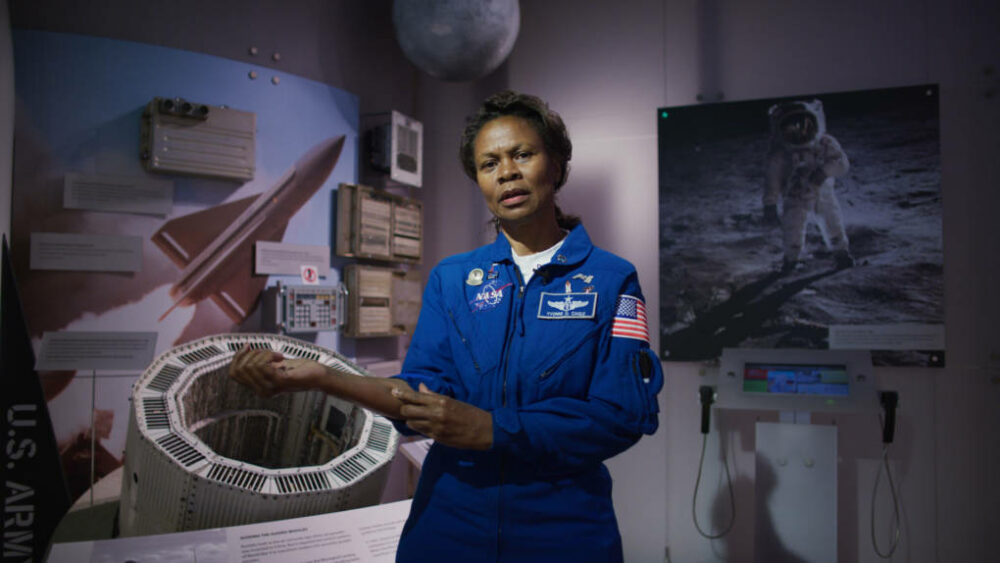
'To the Stars,' still of astronaut Dr. Yvonne Cagle, 2019.

'To the Stars,' still, 2019.
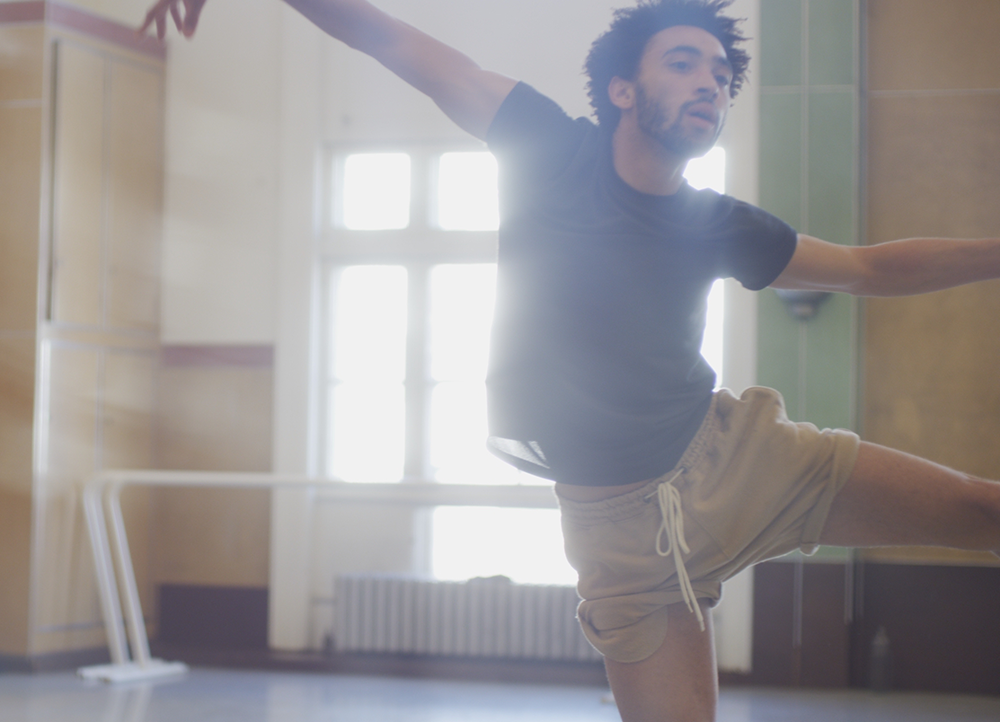
'To the Stars,' still of Alonzo King LINES ballet dancers, 2019.


